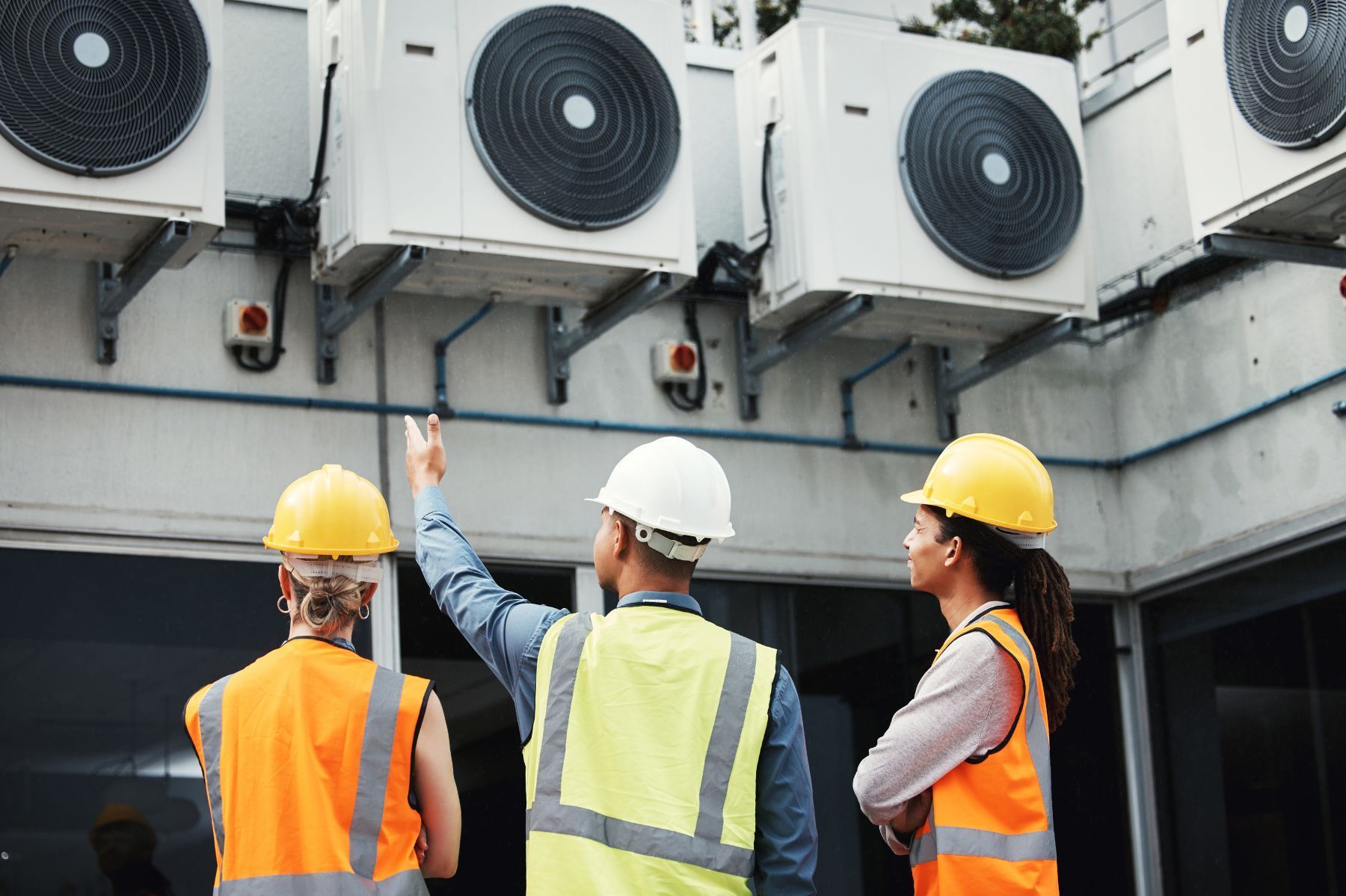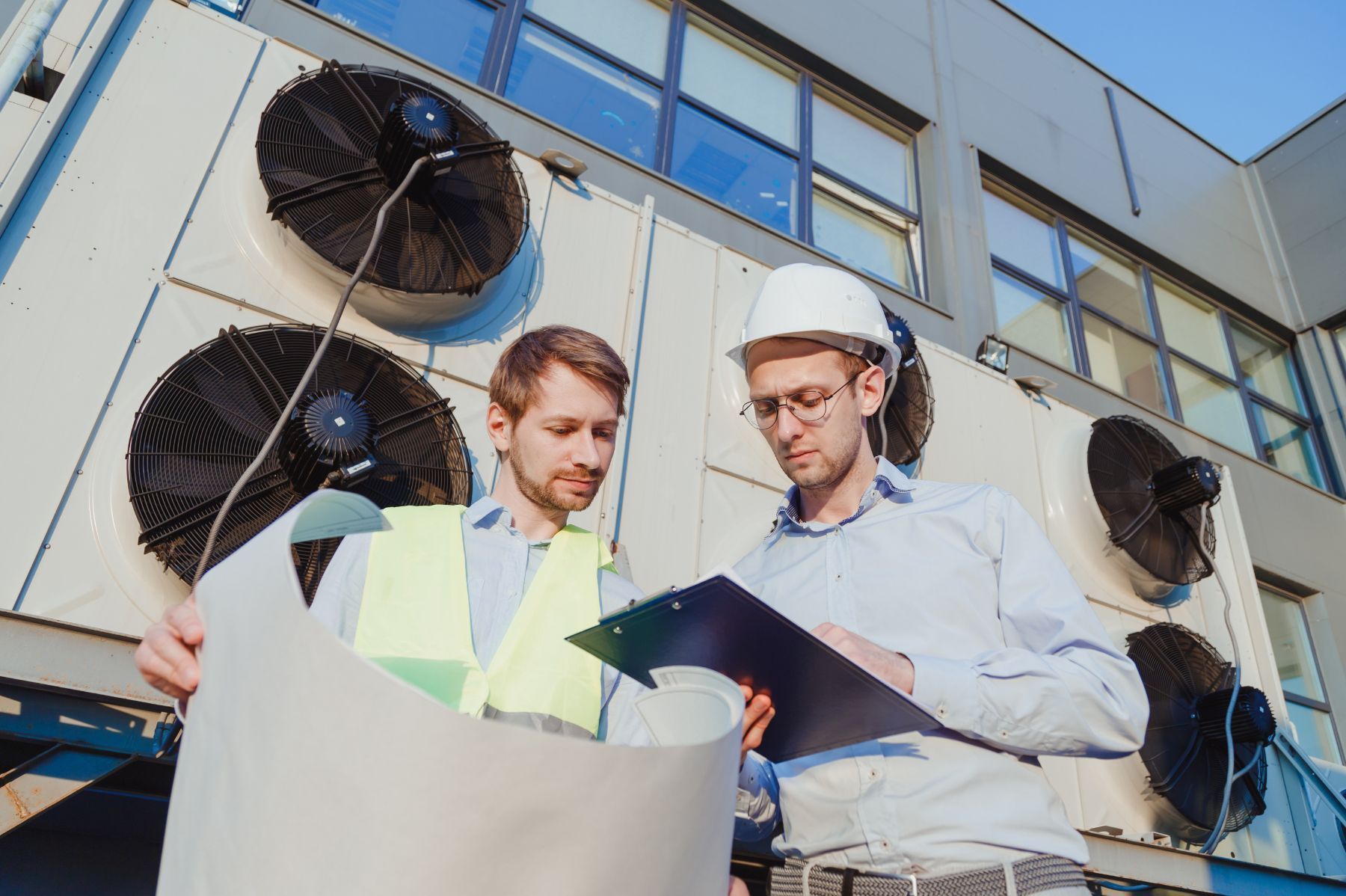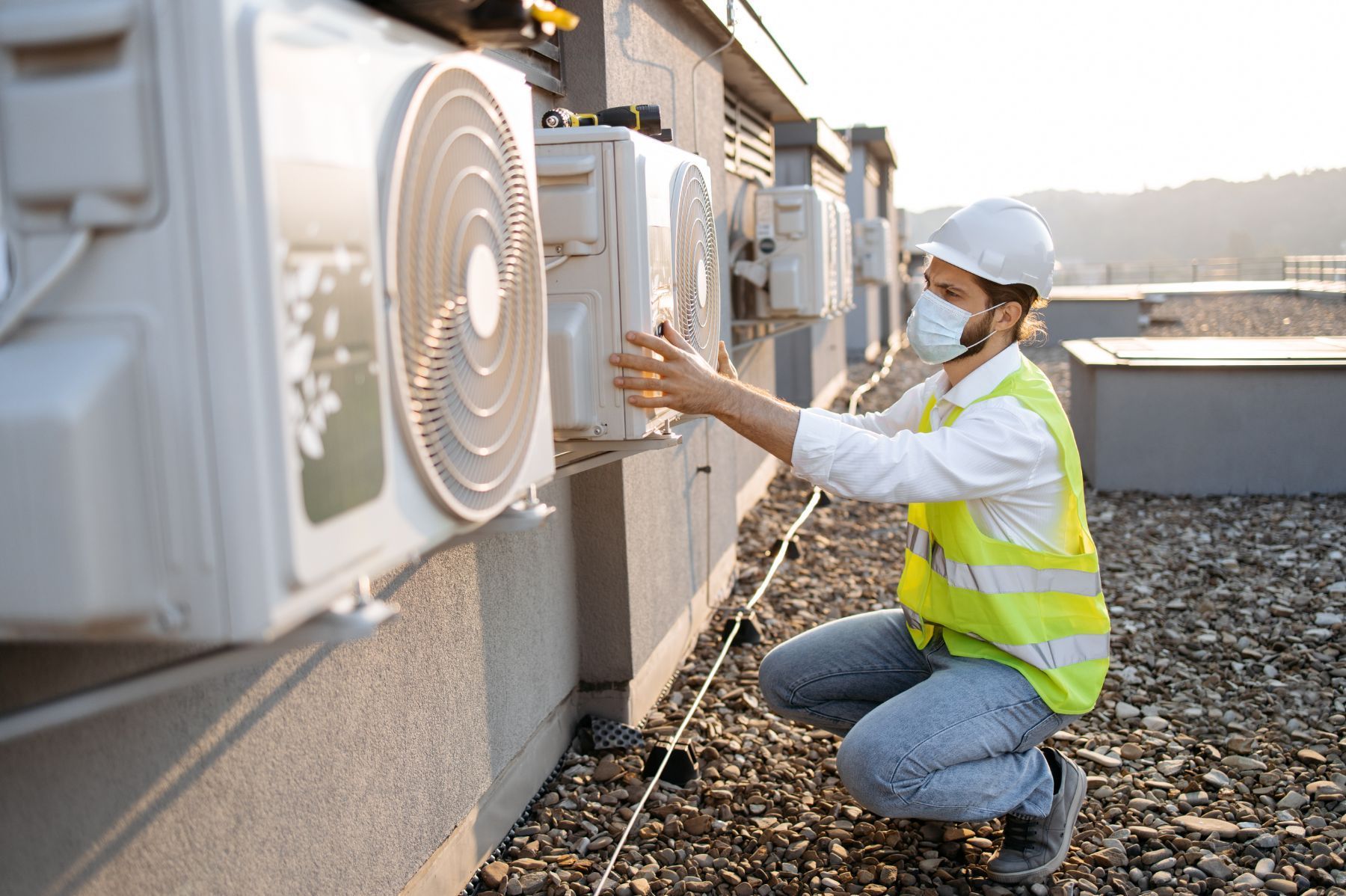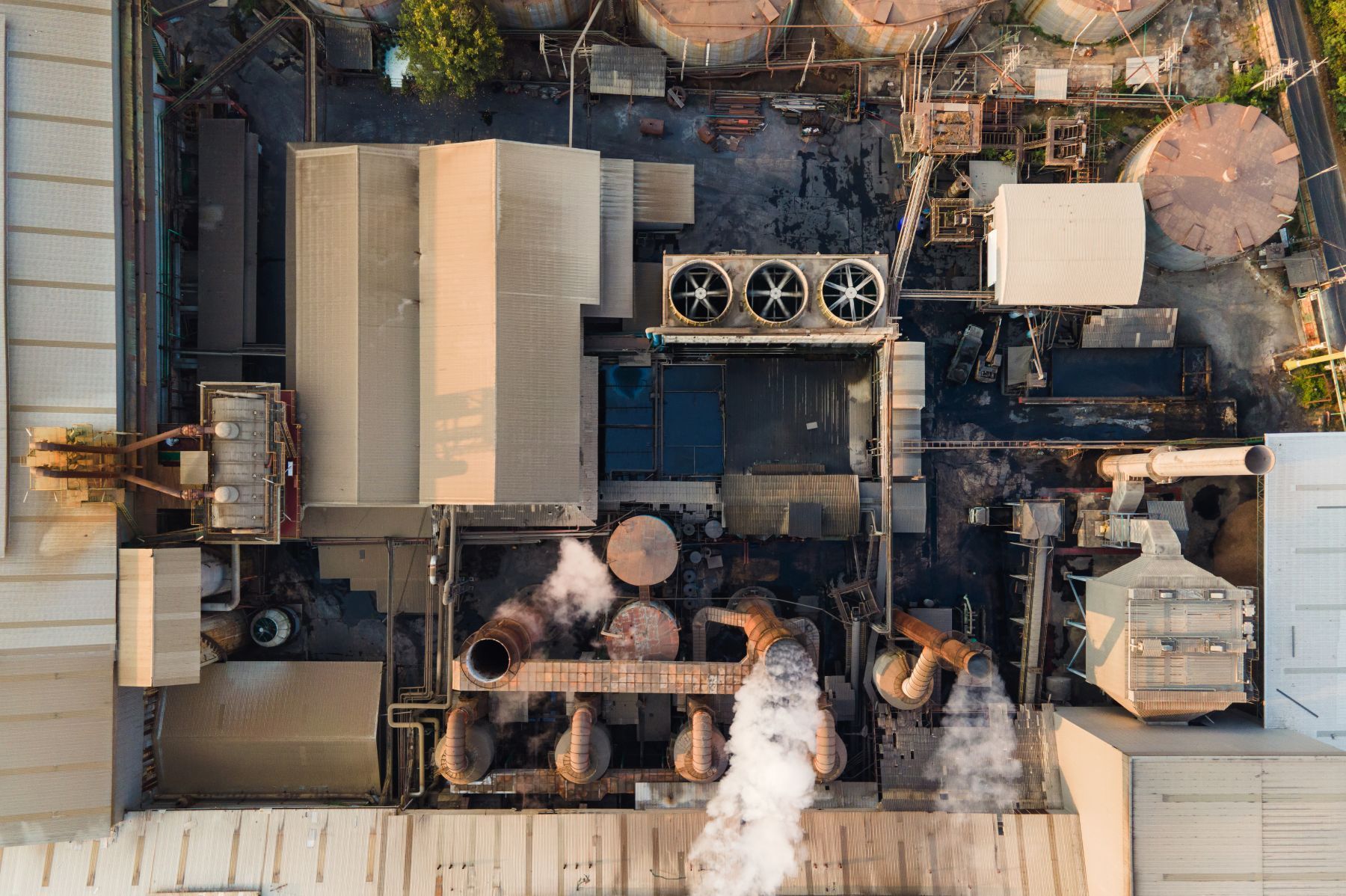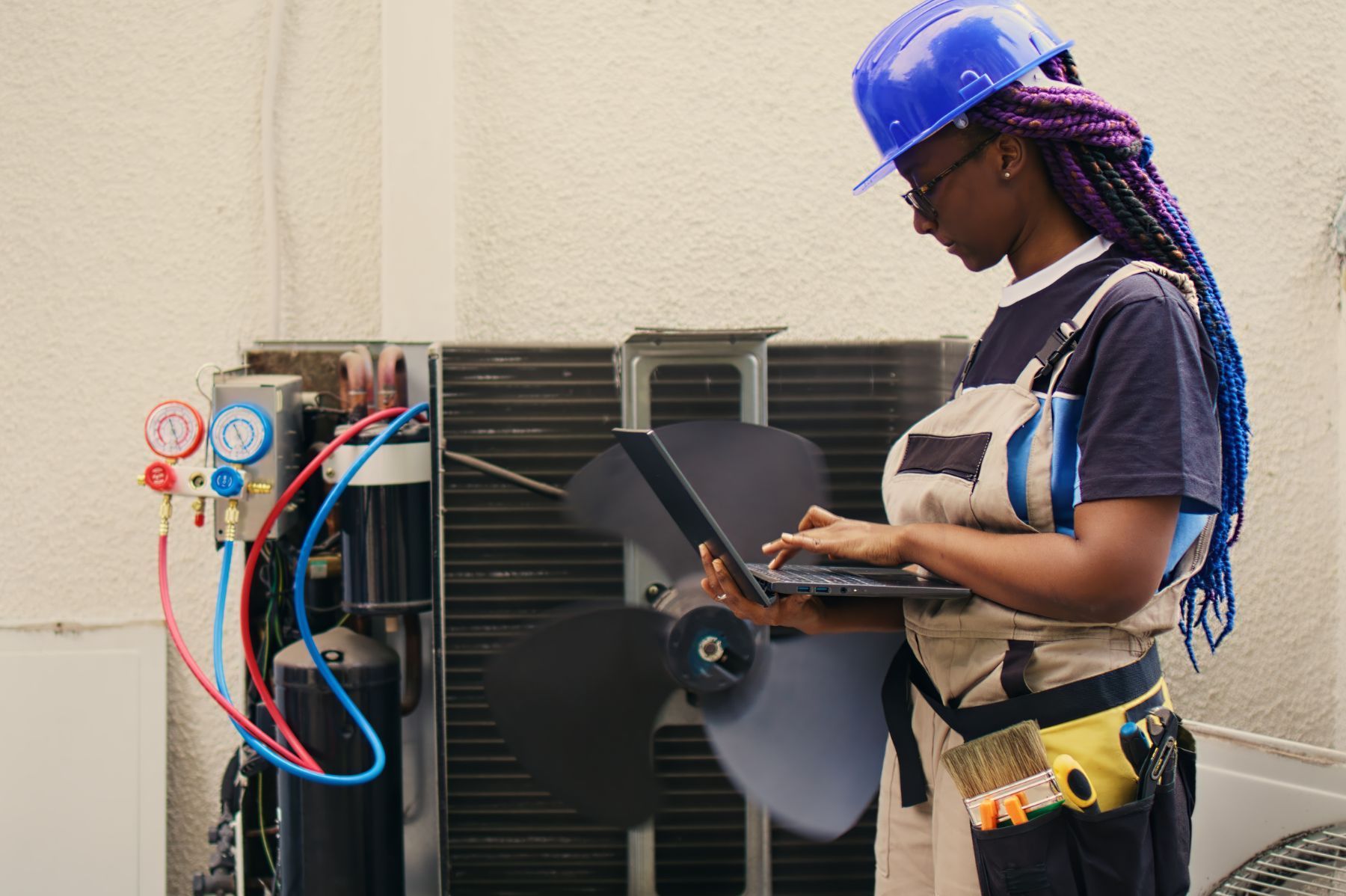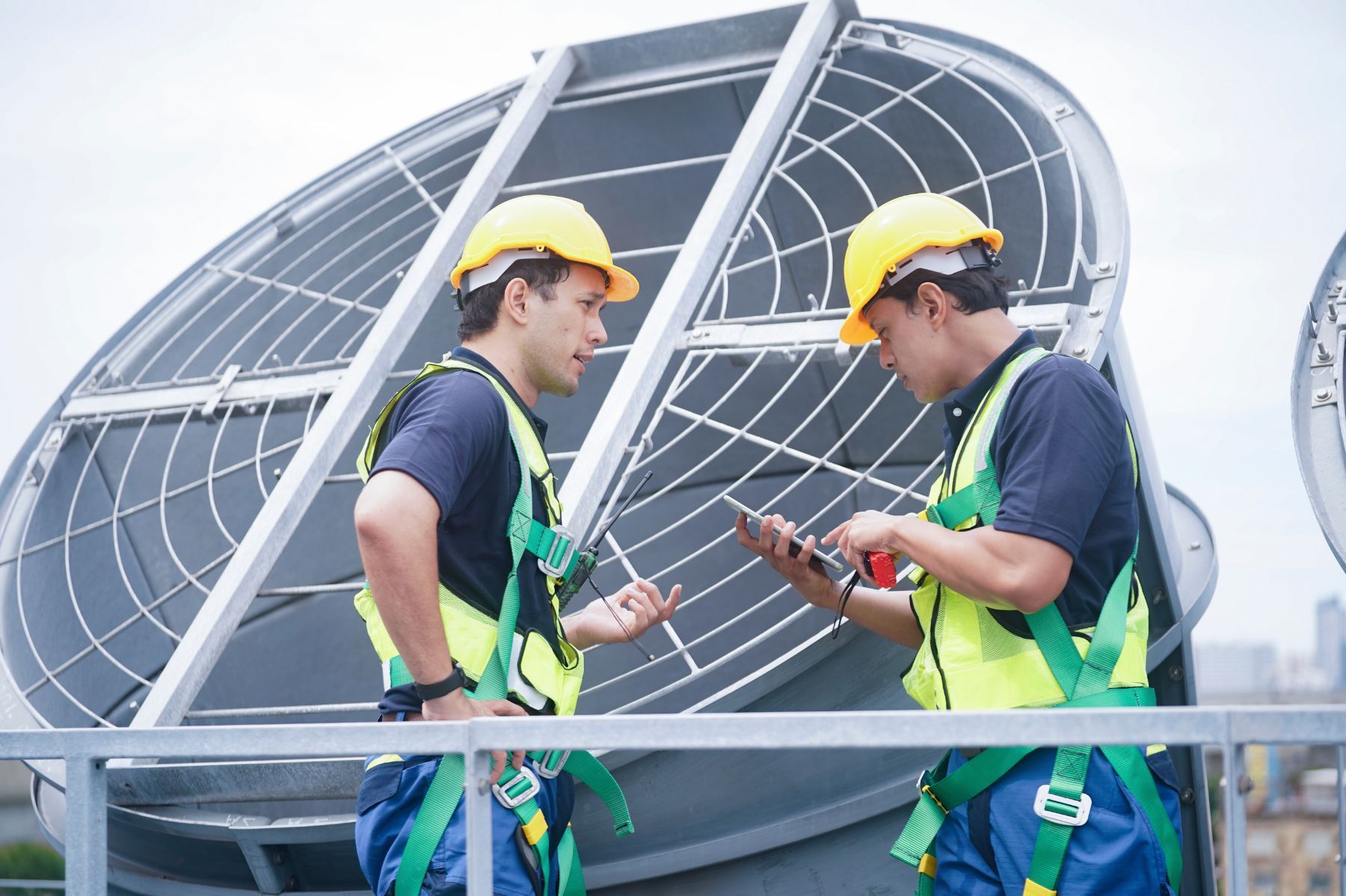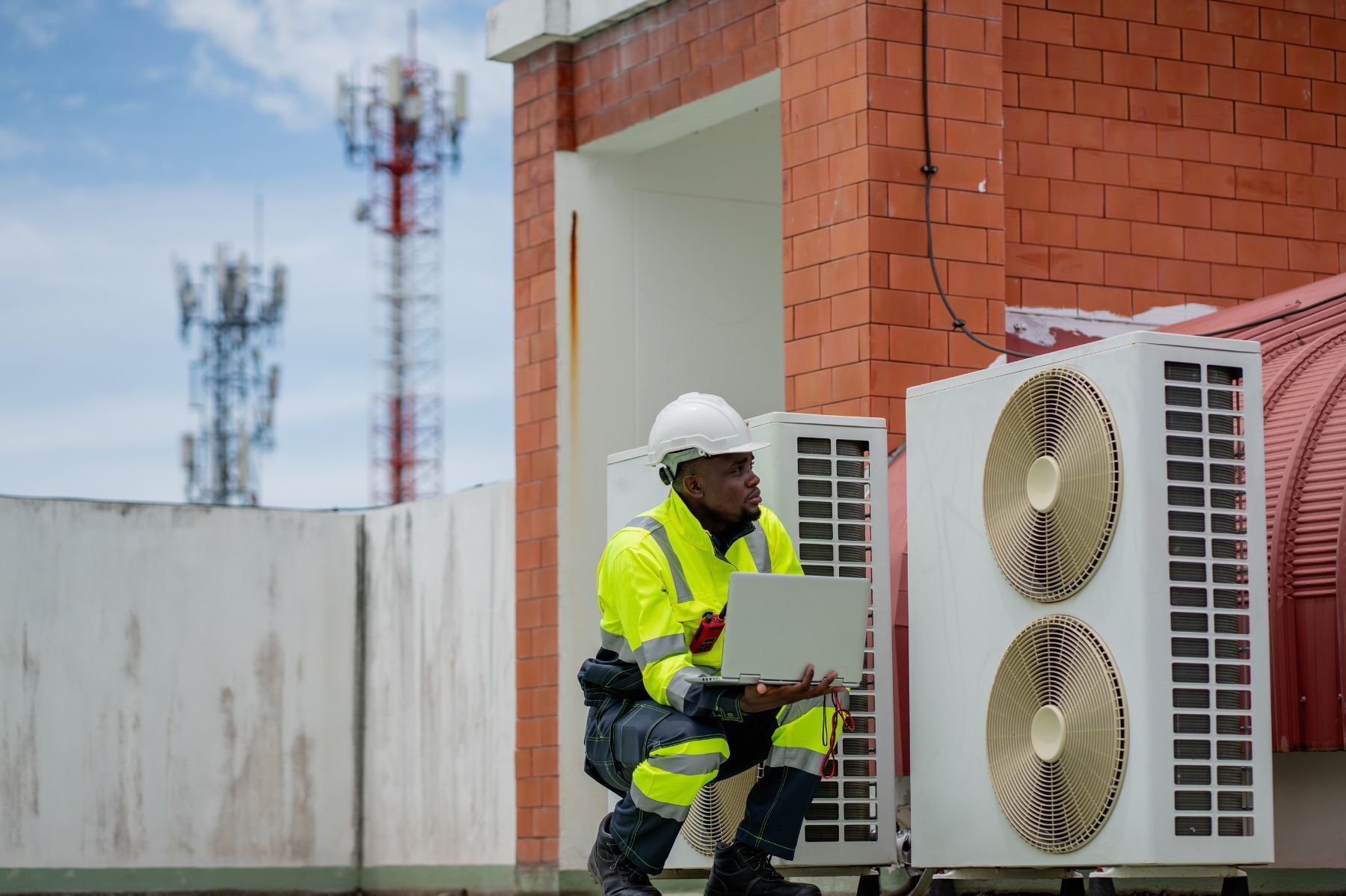5 Hidden Risks in the HVAC Industry That Insurance Can’t Fully Solve
See How We're Different
or call us: (469) 678-8001

The HVAC industry plays a critical role in maintaining comfort and safety in residential, commercial, and industrial environments. Yet, despite the essential nature of heating, ventilation, and air conditioning systems, there are underlying risks that insurance policies often fail to fully address. Recent data reveals that a significant portion of HVAC-related losses fall outside typical insurance coverage, leaving stakeholders exposed to unforeseen financial burdens.
Understanding these hidden risks is vital for manufacturers, contractors, insurers, and end-users alike. This article explores five key risks in the HVAC sector that insurance alone cannot adequately mitigate, highlighting the need for more comprehensive strategies and accurate assessments to protect investments and maintain system reliability.
For instance, the HVACi 2024 Annual Claims Report reveals that 39% of evaluated HVAC and refrigeration equipment losses stem from causes not typically covered by insurance policies, underscoring the complexity of risk management in this field.
1. Misclassification of Loss Causes Leading to Coverage Gaps
One of the most significant challenges in HVAC insurance claims is the frequent misclassification or reclassification of loss causes. More than half of reported causes of loss are reclassified after detailed, objective assessments, as highlighted in the HVACi 2024 Annual Claims Report. This discrepancy can result in claims being denied or settlements that do not reflect the true nature of the damage.
Misclassification often arises from initial assessments that lack transparency or comprehensive data analysis. Damon Stafford, CEO of Alpine Intel, emphasizes that providing transparent and thorough assessment analyses empowers insurance carriers to make more informed decisions, ensuring settlements are fair and based on objective evidence.
Without accurate determination of loss origins, HVAC contractors and owners may find themselves facing unexpected out-of-pocket expenses. This risk highlights the importance of investing in detailed forensic investigations and leveraging technology to improve claim accuracy.
Moreover, the implications of misclassification extend beyond immediate financial repercussions. When HVAC systems are misdiagnosed, it can lead to prolonged downtime, impacting not only the comfort of occupants but also the operational efficiency of businesses that rely on climate control. For instance, a restaurant experiencing a refrigerant leak may suffer not just from the cost of repairs, but also from lost revenue during the time the system is out of service. This cascading effect underscores the critical need for accurate assessments at the outset of any claim.
Additionally, the evolving landscape of HVAC technology introduces new variables that can complicate loss assessments. Advanced systems equipped with smart technology can provide real-time data that helps in pinpointing the exact cause of a failure. However, if insurance adjusters are not adequately trained to interpret this data, the potential for misclassification increases. As such, ongoing education and training for both HVAC professionals and insurance adjusters are essential to navigate the complexities of modern HVAC systems and ensure that claims are processed accurately and efficiently.
2. Overstated or Non-Damaged Claims Inflating Costs
Another hidden risk in the HVAC industry is the prevalence of overstated claims or claims filed on systems that are not actually damaged. The HVACi 2023 Annual Claims Report found that nearly 20% of HVAC and refrigeration systems assessed were non-damaged at the time of evaluation. This statistic suggests that a significant portion of claims may be inflated or unwarranted.
Such overstatements not only drive up insurance premiums but also strain relationships between insurers and policyholders. They contribute to inefficiencies in the claims process and can delay legitimate repairs and replacements. For insurers, this risk translates into higher operational costs and the challenge of distinguishing genuine losses from false alarms. Moreover, the financial burden imposed by these inflated claims can lead to increased scrutiny and tighter regulations within the industry, further complicating the landscape for both insurers and contractors.
For HVAC professionals, maintaining rigorous documentation and ensuring accurate system evaluations before filing claims is crucial to mitigating this risk and fostering trust within the insurance ecosystem. This includes keeping detailed records of maintenance, repairs, and system performance over time, which can serve as critical evidence in the event of a claim. Additionally, training staff to recognize the signs of genuine system failure versus normal wear and tear can significantly enhance the accuracy of claims submitted. By adopting a proactive approach to documentation and evaluation, HVAC companies can not only protect their interests but also contribute to a more transparent and efficient claims process overall.
Furthermore, the impact of overstated claims extends beyond just financial implications; it can also affect the reputation of the HVAC industry as a whole. When claims are frequently challenged or deemed fraudulent, it can lead to a general mistrust among consumers towards HVAC professionals and insurers alike. This erosion of trust can discourage customers from seeking necessary repairs or upgrades, ultimately compromising the safety and efficiency of their heating and cooling systems. As such, it becomes imperative for all stakeholders in the HVAC industry to prioritize integrity and accuracy in their claims processes to foster a healthier business environment.
3. Inefficiencies Due to System Leakage and Energy Loss
Beyond direct equipment damage, HVAC systems face hidden operational risks that insurance policies typically do not cover. One such risk is system leakage, which can significantly reduce efficiency and increase operational costs. In the UK, for example, the average leakage rate in HVAC systems is around 20% annually, leading to an 11% reduction in system efficiency.
This inefficiency translates into higher energy consumption and increased costs for building owners, which insurance policies generally do not compensate for since they focus on physical damage rather than performance degradation.
Addressing leakage requires proactive maintenance, advanced system design, and continuous monitoring. While insurance can provide financial relief after catastrophic failures, it cannot solve the ongoing hidden costs associated with inefficient HVAC operation.
Moreover, the implications of system leakage extend beyond mere financial concerns. Increased energy consumption not only burdens the operational budget but also contributes to a larger environmental footprint. As buildings consume more energy to compensate for lost efficiency, they inadvertently contribute to higher greenhouse gas emissions, which is a growing concern in the context of climate change. This creates a dual challenge for facility managers: they must not only manage costs but also adhere to increasingly stringent environmental regulations and sustainability goals.
Furthermore, the impact of leakage can also affect occupant comfort and indoor air quality. When HVAC systems are not operating at peak efficiency, they may struggle to maintain desired temperature and humidity levels, leading to discomfort for occupants. This can result in decreased productivity and even health issues related to poor air quality. Therefore, investing in regular maintenance and advanced monitoring technologies is not just a financial decision but a holistic approach to ensuring a safe and comfortable environment for all building occupants. More insights on this challenge can be found in the HVAC Industry Challenges: Insights From Experts.
4. Inflation and Rising Costs Impacting Insurance Settlements
The HVAC industry is currently grappling with inflationary pressures that affect both equipment and labor costs. These rising expenses directly impact the cost of insurance settlements, making accurate assessments more critical than ever. Curt VanNess, Technical Director for HVACi, notes that as equipment and labor costs increase, insurance settlements become more expensive, emphasizing the need for precise damage evaluations to avoid overpayment or underpayment.
Inflation can exacerbate hidden risks by inflating repair and replacement costs beyond what was anticipated when policies were written. This mismatch can leave insurers exposed to greater losses or policyholders underinsured. For instance, if a policy was established five years ago, the cost of replacing a standard HVAC unit may have risen significantly due to inflation, leading to a potential shortfall in coverage when a claim is made. This situation highlights the importance of regular policy reviews and adjustments to ensure that coverage remains aligned with current market conditions.
Therefore, both insurers and HVAC professionals must stay vigilant about market trends and adjust coverage and pricing models accordingly to maintain financial sustainability. Additionally, the rise in costs can lead to a greater emphasis on preventative maintenance and energy efficiency upgrades, as these measures can mitigate the risk of costly repairs and claims. Insurers may also consider incentivizing policyholders to invest in such upgrades, which can ultimately reduce the frequency and severity of claims, benefiting both parties in the long run.
Learn more about inflation’s impact on insurance in this industry webinar.
5. Basis Risk in Weather-Related HVAC Insurance
Weather events pose a significant risk to HVAC systems, especially in regions prone to extreme conditions. Parametric insurance products designed to cover weather-related losses are gaining traction, but they come with their own hidden risk known as basis risk. Basis risk occurs when the insurance payout does not perfectly match the actual loss experienced due to differences in measurement or location.
A recent quantitative study on weather parametric insurance highlights that basis risk decreases as the number of contracts increases, suggesting diversification as a strategy to manage this risk. However, spatial relationships—such as the distance between the insured location, weather stations, and the disaster footprint—also significantly influence basis risk levels.
For HVAC systems, this means that even with parametric insurance, there can be gaps between actual damage and compensation received, especially if the insured location’s weather experience differs from the parameters triggering payouts.
Stakeholders should carefully evaluate parametric insurance products and consider combining them with traditional coverage and risk mitigation practices to address this hidden vulnerability.
Understanding the nuances of basis risk is crucial for HVAC system owners, as it can have profound implications on financial planning and operational continuity. For instance, if a business relies solely on parametric insurance without a comprehensive risk assessment, they may find themselves underinsured during critical weather events, leading to substantial out-of-pocket expenses. Furthermore, the variability of weather patterns due to climate change adds another layer of complexity, making it imperative for HVAC stakeholders to stay informed about evolving weather trends and their potential impacts on system performance.
Additionally, advancements in technology, such as the use of IoT devices and real-time weather monitoring systems, can play a pivotal role in mitigating basis risk. By integrating these technologies, HVAC operators can obtain more accurate data on local weather conditions, allowing for better alignment between actual losses and insurance payouts. This proactive approach not only enhances risk management strategies but also fosters a more resilient HVAC infrastructure capable of withstanding the challenges posed by increasingly unpredictable weather events.
Explore the detailed study on managing basis risks in weather parametric insurance here.
Conclusion: Beyond Insurance – A Holistic Approach to HVAC Risk Management
While insurance remains a vital tool for managing risk in the HVAC industry, it is clear that several hidden risks cannot be fully addressed by traditional policies alone. From misclassified losses and overstated claims to operational inefficiencies, inflationary pressures, and basis risk in weather-related coverage, stakeholders must adopt a more comprehensive approach.
Accurate assessments, transparent data analysis, proactive maintenance, and diversified risk strategies are essential complements to insurance. By embracing these practices, HVAC professionals, insurers, and building owners can better safeguard their investments, reduce unexpected costs, and ensure system reliability in an increasingly complex risk landscape.
Staying informed about industry reports and expert insights, such as those provided by HVACi and leading research studies, will continue to be critical in navigating the evolving challenges within the HVAC sector.

